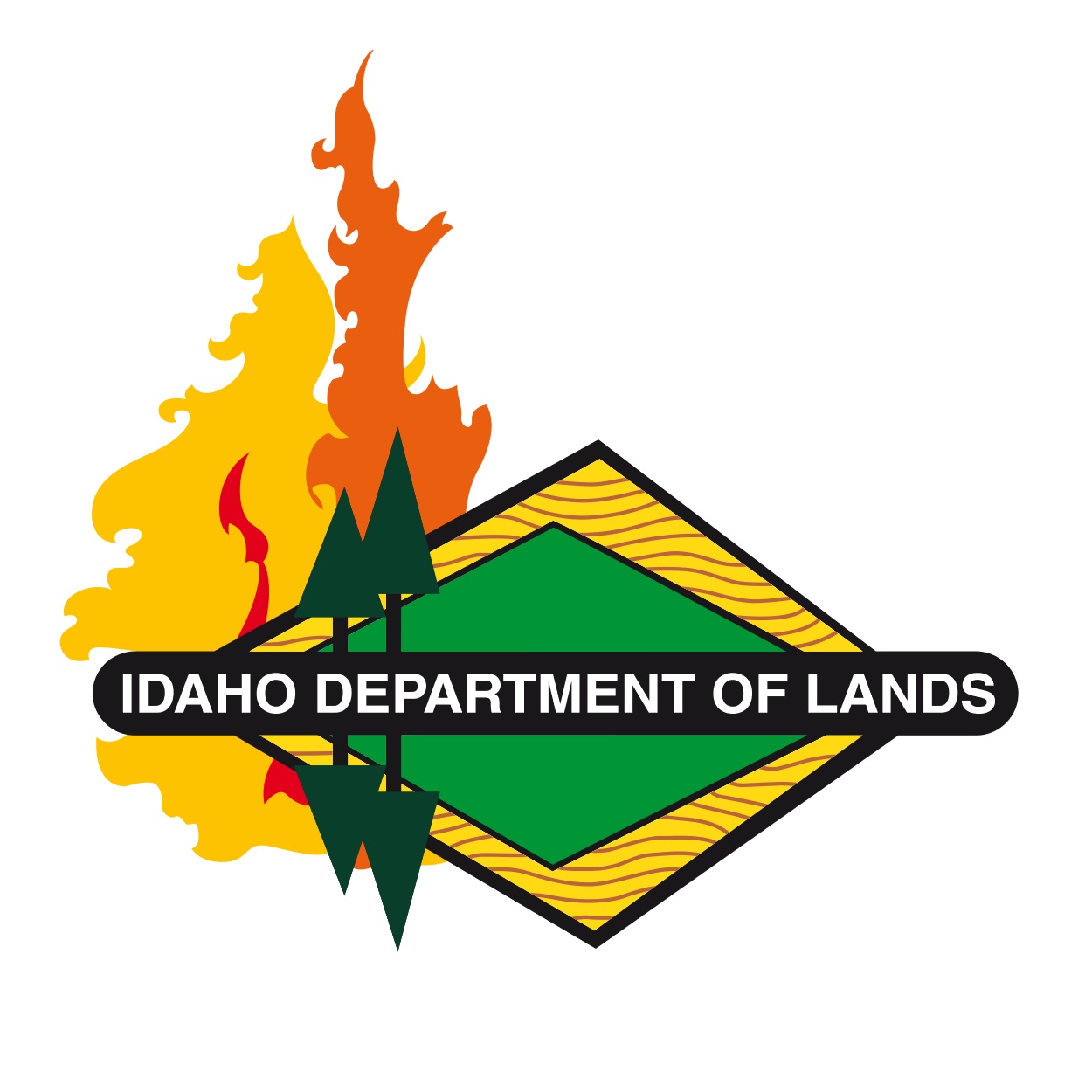Category: Urban Forestry
Trees Reduce Our Stress, so Help Relieve Theirs
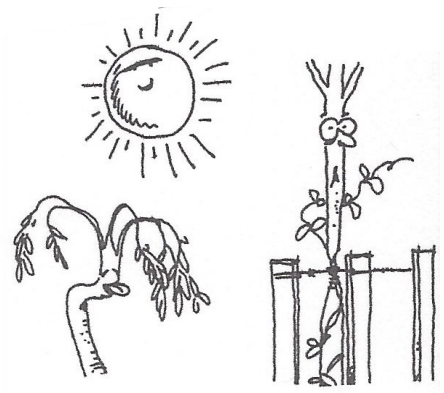
Researchers have linked trees to human health benefits ranging from faster recovery from operations to safer pregnancies. The key factor may be that they reduce stress and therefore problems like high blood pressure.
Urban trees are under stress, too, for two primary reasons: (1) They are planted outside the natural environment in which they evolved, and (2) Tough growing conditions make them more vulnerable to insects and diseases. You can help by:
- Watering correctly
- Preventing compaction
- Carefully selecting the right trees to plant
- Planting at the correct depth
- Mulching
- Providing adequate growing space for roots
- And implementing other good arboricultural practices
Invest in Tree Education
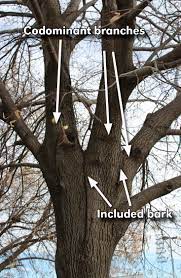
Few people who work with trees have an innate knowledge of how to best care for them. Also, science and experience are always adding new findings. Whether college educated in arboriculture or working up in the ranks of field work, everyone needs continuing education to best serve the interests of their community. Here are four good ways to economically invest in the continuing education of tree board members, workers and supervisors:
- Provide funding for attendance at one of the conferences or workshops that are listed on this page.
- Participate individually or as a group in webinars.
- Purchase and share texts on arboriculture or urban forestry.
- Download and share a complete set of Tree City USA Bulletins.
Words Make a Difference: Trimming vs. Pruning
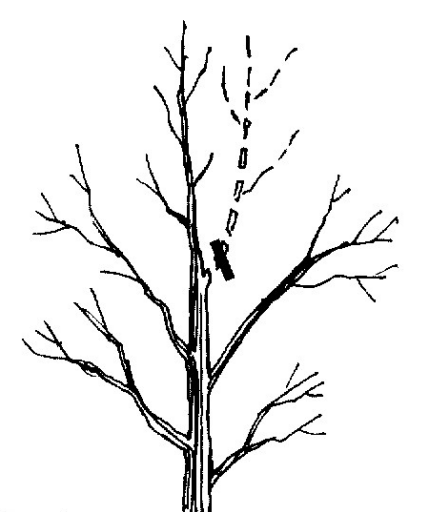
It is more than “political correctness” to adjust words we use as times change. Words convey meaning, so it is important to be as accurate and timely as possible in how they are used. Here are two examples in the field of
urban forestry: Trimming and pruning are not the same.
We trim hedges, like mustaches, but we prune trees – or should! The difference is that trimming, or shearing, is the indiscriminate removal of unwanted parts of the plant so that it conforms to a desired shape. Pruning, on the other hand, is the selection of specific branches to be removed for some specified reason.
Another term that has been changing in recent years involves hazards. What was once called hazard tree evaluation is now better termed risk evaluation. In the former, there seemed to be an assumption that hazards exist.
This may or may not be true. Instead, a different concept is a bit like crossing a street – there is almost always some risk involved, but how much? The purpose of a tree examination is to determine the level of risk compared with the level of tolerance for that risk given the specific circumstances such as size and nature of defects if any, the tree’s location, value of the tree, the presence or absence of so-called “targets” (people, buildings, etc.). As evaluations become more sophisticated and the stakes from damage become higher, it is increasingly important to use qualified personnel to do the work.
There are now training avenues available that lead to what is called TRAQ (Tree Risk Assessment Qualification) credentials. Communities are urged to take advantage of this qualification either in-house or when contracting with arborists.
Volunteers Can Get It Done
Volunteers are already busy people and in all cases they have hearts of gold and a sincere desire to make the world a better place in which to live.
Americans contribute millions of hours each year to helping with good causes. As more of our population ages, many more good people are looking for ways to spend their time after leaving decades of work for retirement.
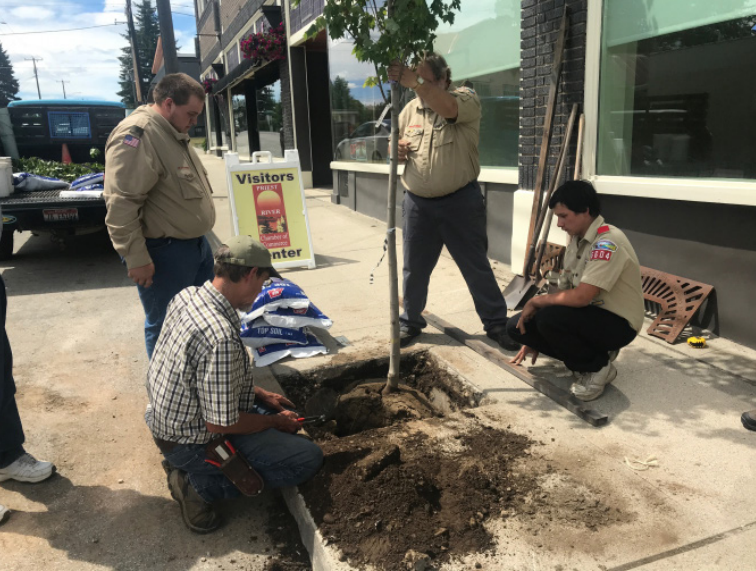
Many cities in Idaho are tapping this population to help with planting and maintaining their public trees in healthy condition. Young people, too, often seek ways to productively contribute and they not only can help, but at the same time learn about the benefits of trees and the care they need.
Community Forestry offers many opportunities for volunteerism. Lay people can plant trees and shrubs, spread mulch, water, prune young trees, distribute doorknob hangers, staff information booths, help with inventories and provide a number of other valuable services.
Twenty years ago, Boise Parks and Recreation launched their Tree Steward program, and the program is stronger than ever today. For the past two decades dedicated tree enthusiasts have volunteered their time to help maintain trees in Boise’s rights-of-way. The volunteers are trained by professional arborists from Boise Community Forestry to prune and train Boise’s young trees and do other maintenance activities. Stewards with more experience mentor new people in the program. In 2017, Boise’s Tree Stewards worked 697 hours and pruned 1,297 trees. The service they provide is invaluable in helping to grow strong healthy trees that reduce maintenance costs later and contribute to the Treasure Valley’s tree canopy for years to come.
If you are not currently using volunteers in your tree program, please consider initiating a program like Boise’s or one of the other communities that are doing this effectively. Contact one of IDL’s community forestry assistants for contact information or assistance in setting up a new program. If you already use volunteers, don’t forget to thank them! Take time to recognize your volunteers and let them know how much they are appreciated. People working in your community don’t expect much in return, just don’t waste their time and do find ways to provide recognition and thanks. This can be as simple as being mentioned during a city council meeting, or something more elaborate like a BBQ or an annual article in the local newspaper.
Encouraging Tree Planting on Private Property
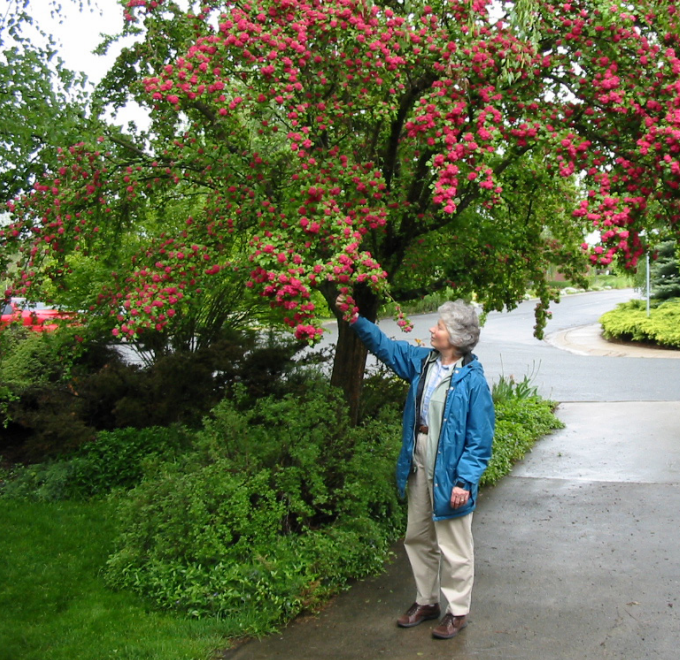
What about trees on private property? Now that would be a contentious topic, especially in Idaho. But if the cleaner air, storm water retention, and other benefits provided by trees are a public good, and with approximately 80 percent of a community’s trees being in yards or other private parcels, this part of the ‘urban forest’ has to be considered.
Here are four ways cities can encourage tree planting and care without appearing to be the big ogre from government!
- Help subsidize planting shade trees purchased at local nurseries on private property.
- Sponsor traditional tree ‘give-aways’ at fairs and Arbor Day celebrations.
- Encourage planting by highlighting the benefits of trees in local media and/or door hangers.
- Visit Arbor Day Foundation’s website, arborday.org/energy. If your utility is a partner in the energy-saving tree program, you are entitled to a free shade tree for your property.
What About Street Right-of-Way Trees?
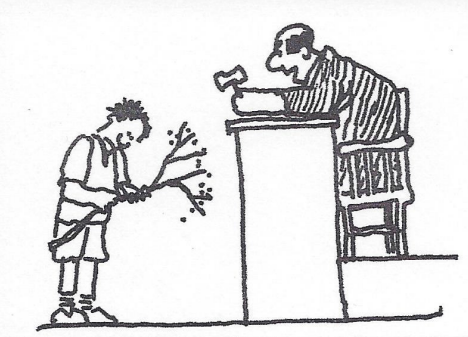
About 80% of a community’s trees are in residential yards on private property. The majority of others are on street rights-of-way. Do residents in your community know what they can and cannot do with those trees? Many do not.
- Make sure the rules are clear in the city ordinance. Is a permit needed to plant or remove a tree? Who is responsible for street and sidewalk clearance, or other pruning?
- Publicize the rules at least annually – by newspaper ads or a letter to the editor.
- Print door hangers and use Scouts or other service groups to place them at residences.
- Include occasional slips with utility bills or other mailings.
Communication prevents conflicts!
Go Easy on Tree Treatments
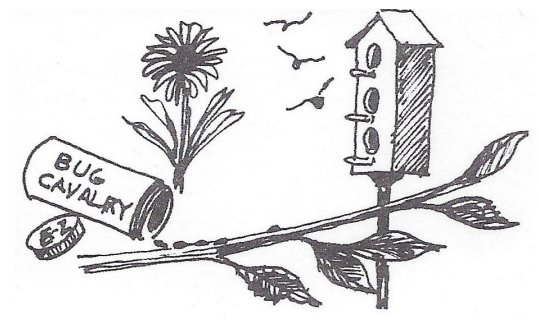
When pestilence arrives at our doorstep, defend we must! But a good guide to prevent unintended consequences and to protect environmental quality is: Use the minimum treatment that still gets results.
- Use good practices to keep trees healthy, and monitor regularly.
- Prune infected or damaged parts instead of using sprays when possible.
- When spraying use well-timed, low-toxicity spot spraying.
- Look into biopesticides, horticultural oils and soaps instead of petrochemicals. For more information, contact the Bio-Integral Resource Center at www.birc.org.
Four Reasons for Fall Planting
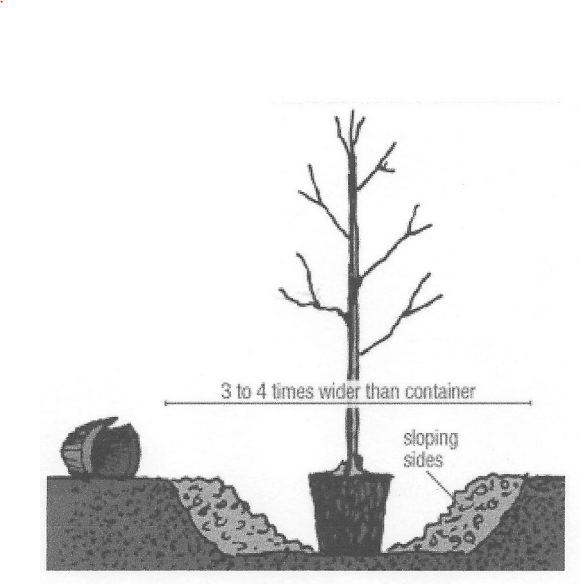
Spring is not the only time to plant trees. Consider these four reasons why it is a good idea to consider planting in autumn:
- Unlike a tree’s branches, its roots continue to elongate during winter.
- By helping roots establish over winter, tree growth will have a head start when warm weather arrives.
- After planting and initial watering, you probably will not have to worry about water again until summer.
- Many nurseries offer bargain prices on trees at this time of year.
Sharpen Up Your Tree Board
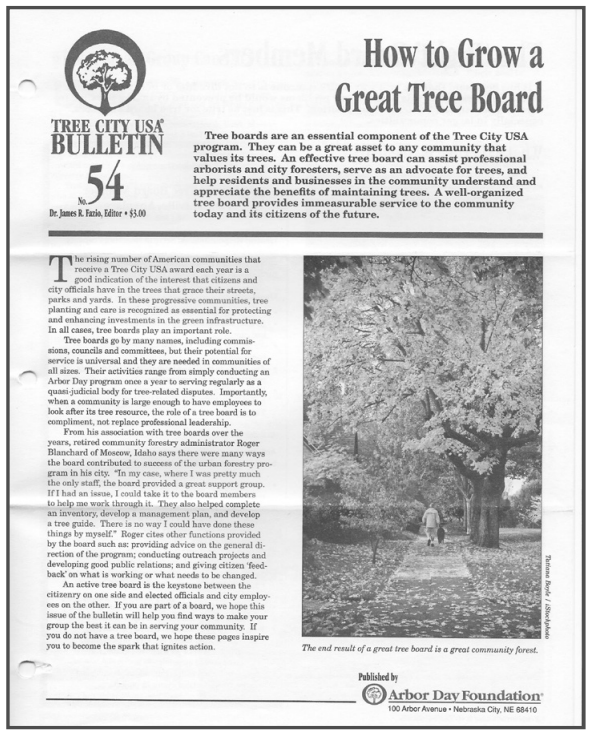
If your tree board, commission or committee runs like a rusty watch, perhaps it is time to look at some ways to make it more active and efficient. This is the topic of Arbor Day Foundation’s Tree City USA Bulletin No. 54 – How to Grow a Great Tree Board. This 8-page issue contains items covering how to run a better meeting, defining responsibilities, ideal composition of the group, training, and other helpful subjects. Other bulletins that can help include:
- No. 9 Writing a Municipal Tree Ordinance
- No. 27 How to Plan for Management
- No. 36 How to Work with Volunteers Effectively
- No. 58 Community Engagement
- No. 78 Finding New Friends for Urban Forestry
- No. 83 Creative Marketing Campaigns
These and other issues of Tree City USA Bulletin are available at the Arbor Day Foundation’s website.
Urban Timber: Capitalizing on a Tree-mendous Resource
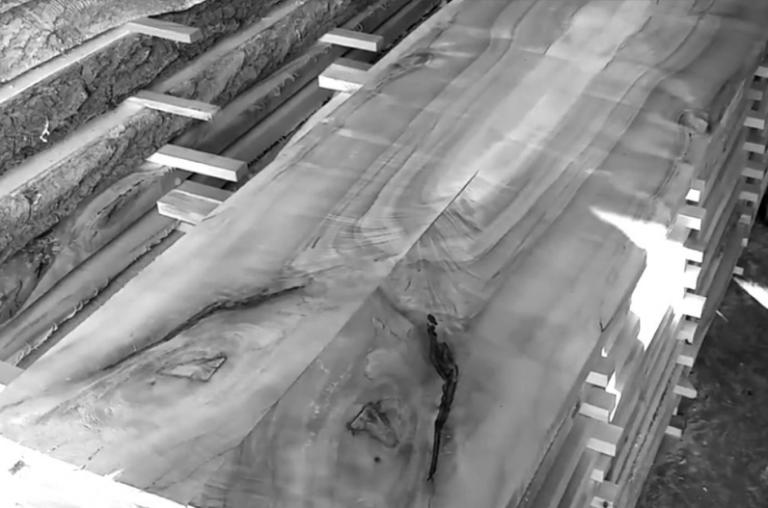
A lot has been written in this newsletter about trees in our communities when alive. But these trees can have a second life once they are removed—as a dinner table, artisan bowl, or other special creation. Unfortunately, most trees removed in our communities instead end up in landfills or, at best, are chipped or sold as firewood. The U.S. Forest Service estimates that enough urban wood is generated each year that, if sawn into boards, would produce 3.8 billion board feet of lumber, or nearly 30% of the annual U.S. hardwood production.
When Steve Cashman, a transplant to Star from the Midwest and a hobby woodworker, looked for hardwood lumber in southwestern Idaho last year, he found it a lot more expensive because it came from so far away. At the same time, he observed hardwood trees of the species he was seeking being removed in the cities around him.
Being cheap, as he told me, he started calling and e-mailing tree services, mills, and others to see how he could find and buy this local wood, but with no luck. By the time he contacted me last December, his original intent had transitioned into something much bolder. “I see a great resource being wasted,” Steve explained. “Why pay a lot of money to import hardwood when we have it right here? We have a valuable resource that can be grown, harvested, processed and crafted locally, becoming beautiful and functional products. Plus, carbon is stored long-term, new jobs are created and landfill space is freed up. The end product also has a backstory; the wood that panels a corporate office could come from the trees removed during construction, or a coffee table might be built from a tree planted by the owner’s great-grandparents, or from one that grew down the street.” After I talked with Steve, made some connections and provided some resources, Steve started that “big log” rolling.
The path hasn’t been easy. Steve owns a small data protection consulting business, so none of this is within his wheelhouse. He spent hundreds of hours learning about the entire process, including cutting, transporting, milling, throughout the Treasure Valley, but has so far found only one willing to help out. “Joshua Chavco (Chavco Tree and Landscape) has been great to work with,” Steve told me. “He understands and supports what we’re trying to accomplish and calls whenever he has a tree he’s removing that has potential.” As well, Boise City Forestry sells logs to the public from trees they’ve removed, so this has been another source. Another key partner is Mark Tucker (Tuckers Timber). He’ll drop off a trailer at the removal site so the logs can be loaded onto to it. He takes the logs back to his small mill and cuts them into slabs or boards. Steve then takes the boards home to air dry, store and sell.
So far, this nascent enterprise has produced about 1,000 board feet of beautiful live-edge slabs, boards and incredible burls for turning. Species include ash, walnut, gingko, maple, black locust, basswood and elm. As a woodworker myself, the photos on Steve’s Facebook page (www.facebook.com/208UrbanTimber) make my mouth water. It’s fantastic material.
I asked Steve what he hoped to accomplish over the next year. He told me, “I really want to grow the network – arborists, local artisans, architects, homebuilders and more – and demonstrably increase the supply of available wood. I’m not doing this to make money (eventually he plans to create a non-profit). I’m selling the wood at a price that covers costs with some to reinvest into improving the system so that prices can be kept low.”
As well, he would love for more tree services and cities to become partners. He added, “I know it takes less time to just chunk the trees up and take them to the landfill, but I hope the idea of reducing waste and atmospheric carbon, adding value and saving money in landfill fees will entice folks to be part of this effort. Steve welcomes feedback on how he can make the process as easy as possible for them.
If you’d like to be involved in any step of the process, from sourcing trees to buying the lumber, please contact Steve via his Facebook page.

